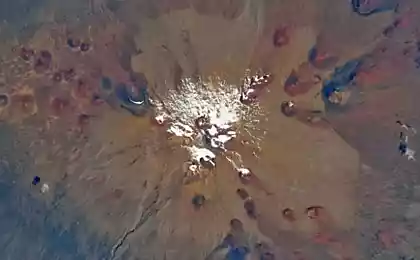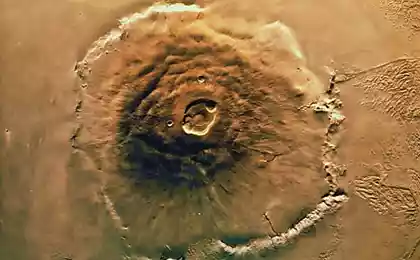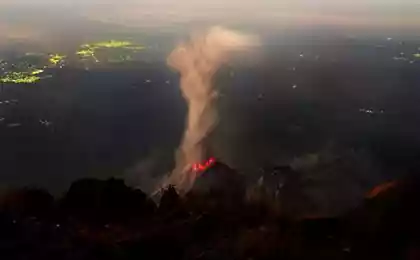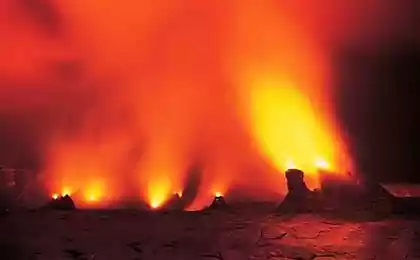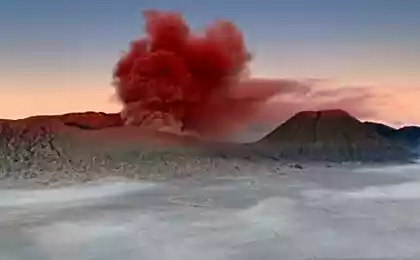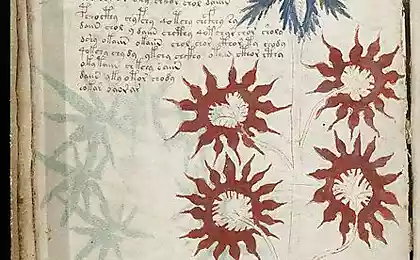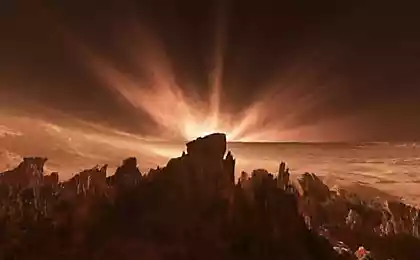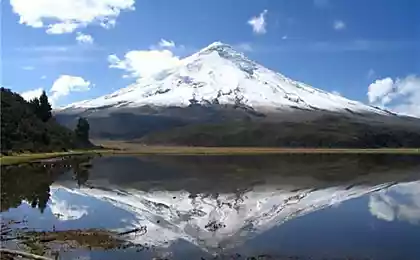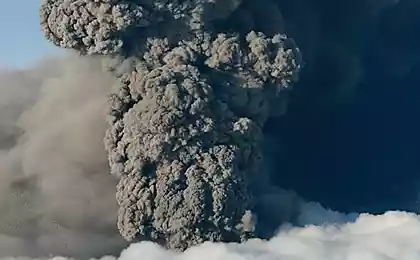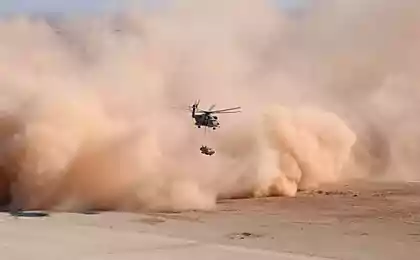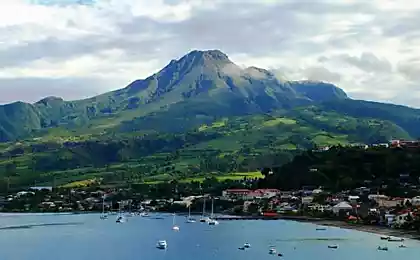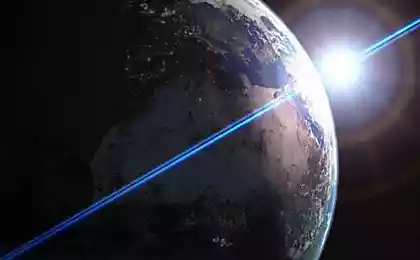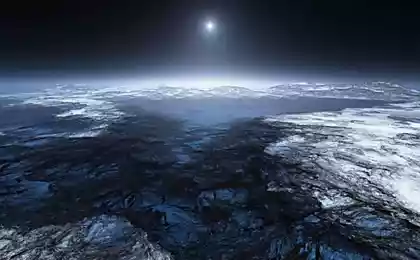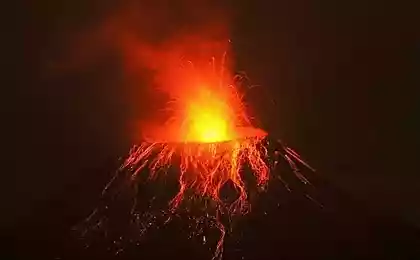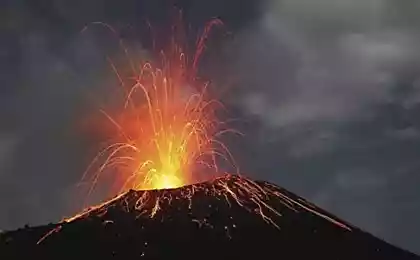1332
Volcanoes (11 pics + text)
Volcanoes are divided according to the degree of volcanic activity on the active, dormant and extinct. The active volcano is considered to be a volcano erupted in the historical period of time or during the Holocene. The concept of active rather inaccurate, because the volcano has active fumaroles, some scientists refer to active, and some to be extinct. Sleepers are considered inactive volcanoes, where possible eruptions and extinct - on which they are unlikely.
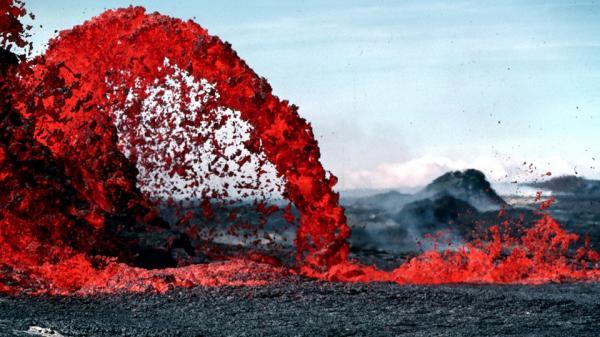
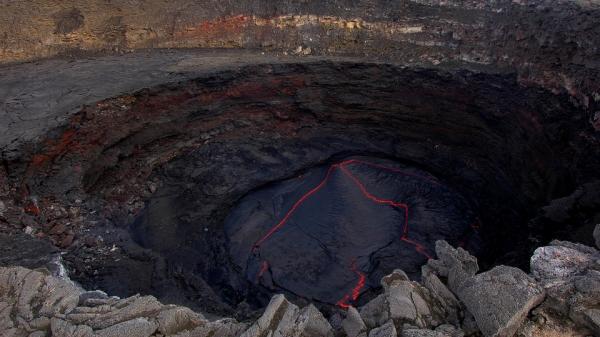
1) Erta Ale - an active shield volcano, located in Afar, in north-eastern Ethiopia. It is the most active of the volcanoes of Ethiopia. Erta Ale reaches 613 meters, with a lava lake on top. It is in the Danakil lowlands, desert area on the border with Eritrea.
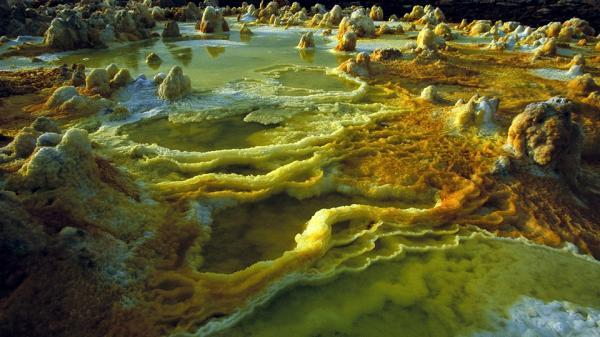
2) The explosion crater - maar, the effects of the explosion and phreatic eruption of the volcano Dallol in 1926. Dallol volcano is located in Northern Ethiopia, one of the hottest places on the planet (the average annual temperature - + 34 ° C). The lowest of the known terrestrial volcanoes - 45 meters below sea level. Yellow color - brimstone, brown - iron oxides.
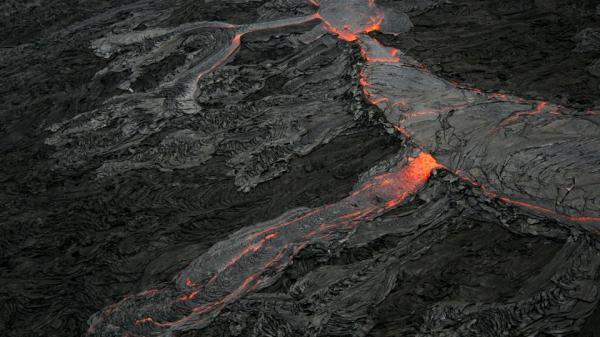
3) The flow of pahoehoe. The picture shows several branches from the main flow. Taken from a helicopter.
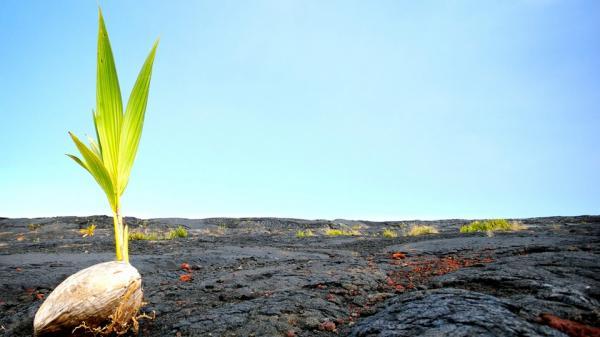
4) Volcanoes, acting along the oceanic ridges (including Hawaii), spewing material mainly of basaltic composition, for example - AA lava.
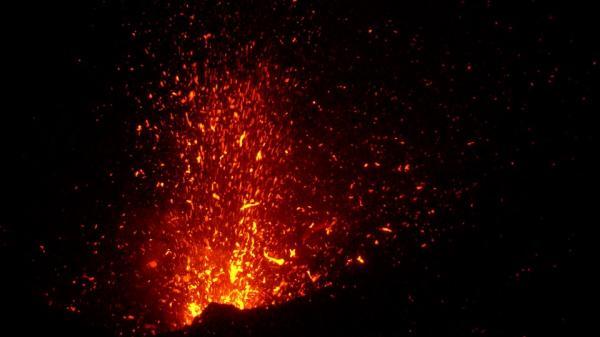
5) Tanna Island is located in the southern part of the archipelago of the New Hebrides in the Pacific Ocean, about 1,100 kilometers north-east of Australia. The eastern side of the island bordered by the Pacific Ocean on the other hand - the Coral Sea. The island is 40 km, width - 19 km. The total area of 555 square kilometers. The highest point of the island - Mount Tukosmera (1084 m). Tanna is of volcanic origin and is located in an area of high volcanic activity, which face the Pacific and Australian lithospheric plates. Yasour Volcano, located on the southeastern coast of the island, is the most accessible active volcano in the world.
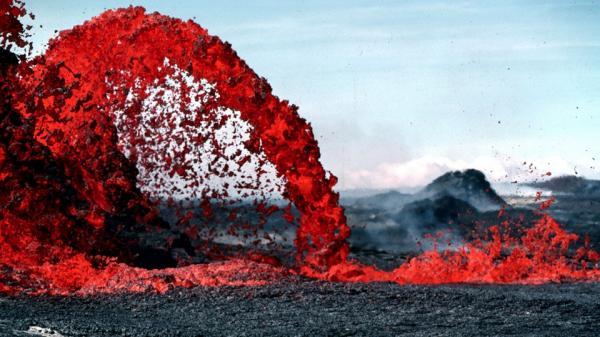
6) Pahoehoe - a Hawaiian name of low-viscosity stream of hot lava is usually of basaltic composition. These flows are characterized by a thin crust on them, not having to freeze completely deformed by moving its hot material. As a result, the surface flow is deformed, acquiring the typical fancy shapes (creases, blisters, etc.) The height of the fountain about 10 meters.
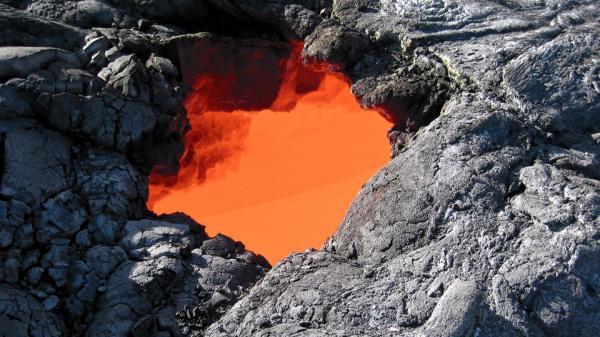
7) It often happens that the lava flows are not just on the surface, and flows through so-called pipes. Lava on the surface of the flow cools and forms a crust, while underneath the stream continues to flow. In some places in this crust faults occur, which are called windows.
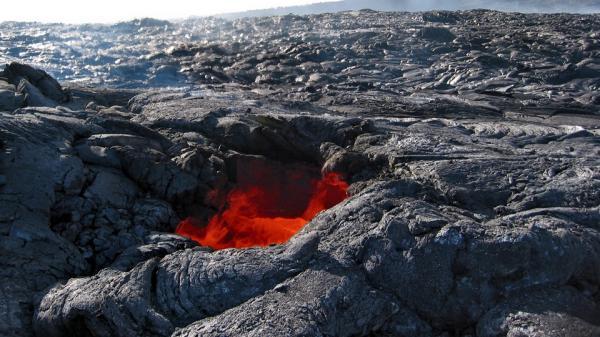
8) You can go to him (2-3 meters, no closer) and see the torrent of red red-hot lava below. More than 15-20 seconds sustain impossible burns the face and eyes. The temperature of the lava under the crust is about 1200 ° C
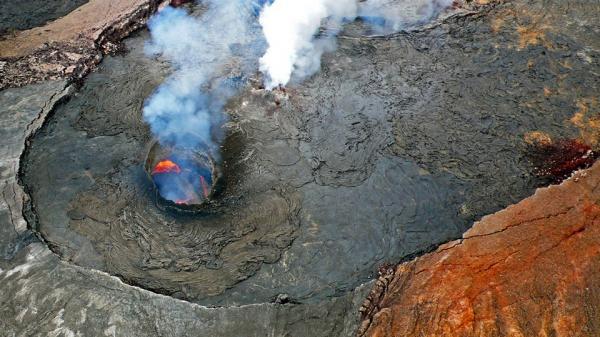
9) Kilauea (translated from Hawaiian - "belching strongly spreads") - an active shield volcano on the island of Hawaii. The height of the volcano above sea level 1247 meters. Located next to a much higher Mauna Loa. One of the most active volcanoes on Earth. It is the youngest volcano on the Big Island of Hawaii. The eruption began in 1983 and continues at the top of the cone. Lava erupting from the cone, flows down the hill, a few kilometers to reach the ocean. The view from the helicopter.
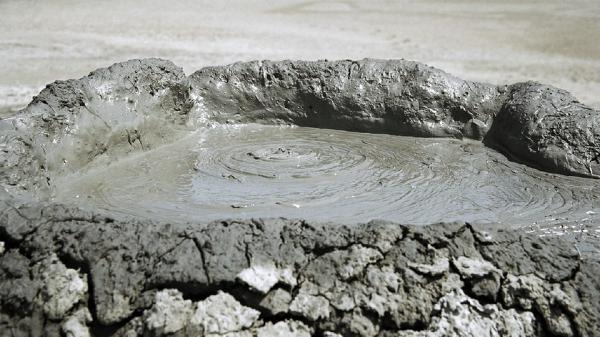
10) mixed with oil dirt, reaching the top, it forms a bubbling crater, known as mud volcanoes. The mud volcano is forming, cold and is considered therapeutic. It is used to treat skin diseases. Mud volcano. Gobustan, Azerbaijan
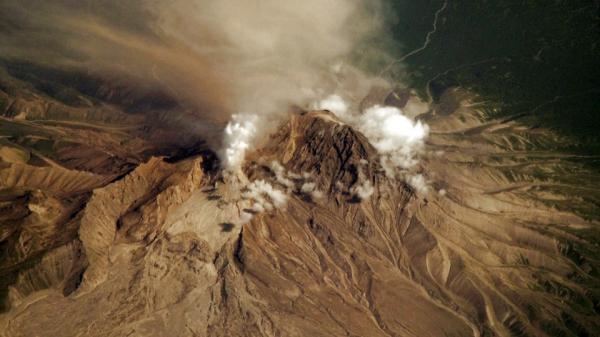
11) Sheveluch - one of the largest and most active volcanoes in Kamchatka among which are included in the tectonically active "Ring of Fire" that surrounds almost the entire Pacific Ocean and is characterized by frequent eruptions and earthquakes. According to scientists, the age of the volcano is 65,000 years.


1) Erta Ale - an active shield volcano, located in Afar, in north-eastern Ethiopia. It is the most active of the volcanoes of Ethiopia. Erta Ale reaches 613 meters, with a lava lake on top. It is in the Danakil lowlands, desert area on the border with Eritrea.

2) The explosion crater - maar, the effects of the explosion and phreatic eruption of the volcano Dallol in 1926. Dallol volcano is located in Northern Ethiopia, one of the hottest places on the planet (the average annual temperature - + 34 ° C). The lowest of the known terrestrial volcanoes - 45 meters below sea level. Yellow color - brimstone, brown - iron oxides.

3) The flow of pahoehoe. The picture shows several branches from the main flow. Taken from a helicopter.

4) Volcanoes, acting along the oceanic ridges (including Hawaii), spewing material mainly of basaltic composition, for example - AA lava.

5) Tanna Island is located in the southern part of the archipelago of the New Hebrides in the Pacific Ocean, about 1,100 kilometers north-east of Australia. The eastern side of the island bordered by the Pacific Ocean on the other hand - the Coral Sea. The island is 40 km, width - 19 km. The total area of 555 square kilometers. The highest point of the island - Mount Tukosmera (1084 m). Tanna is of volcanic origin and is located in an area of high volcanic activity, which face the Pacific and Australian lithospheric plates. Yasour Volcano, located on the southeastern coast of the island, is the most accessible active volcano in the world.

6) Pahoehoe - a Hawaiian name of low-viscosity stream of hot lava is usually of basaltic composition. These flows are characterized by a thin crust on them, not having to freeze completely deformed by moving its hot material. As a result, the surface flow is deformed, acquiring the typical fancy shapes (creases, blisters, etc.) The height of the fountain about 10 meters.

7) It often happens that the lava flows are not just on the surface, and flows through so-called pipes. Lava on the surface of the flow cools and forms a crust, while underneath the stream continues to flow. In some places in this crust faults occur, which are called windows.

8) You can go to him (2-3 meters, no closer) and see the torrent of red red-hot lava below. More than 15-20 seconds sustain impossible burns the face and eyes. The temperature of the lava under the crust is about 1200 ° C

9) Kilauea (translated from Hawaiian - "belching strongly spreads") - an active shield volcano on the island of Hawaii. The height of the volcano above sea level 1247 meters. Located next to a much higher Mauna Loa. One of the most active volcanoes on Earth. It is the youngest volcano on the Big Island of Hawaii. The eruption began in 1983 and continues at the top of the cone. Lava erupting from the cone, flows down the hill, a few kilometers to reach the ocean. The view from the helicopter.

10) mixed with oil dirt, reaching the top, it forms a bubbling crater, known as mud volcanoes. The mud volcano is forming, cold and is considered therapeutic. It is used to treat skin diseases. Mud volcano. Gobustan, Azerbaijan

11) Sheveluch - one of the largest and most active volcanoes in Kamchatka among which are included in the tectonically active "Ring of Fire" that surrounds almost the entire Pacific Ocean and is characterized by frequent eruptions and earthquakes. According to scientists, the age of the volcano is 65,000 years.
